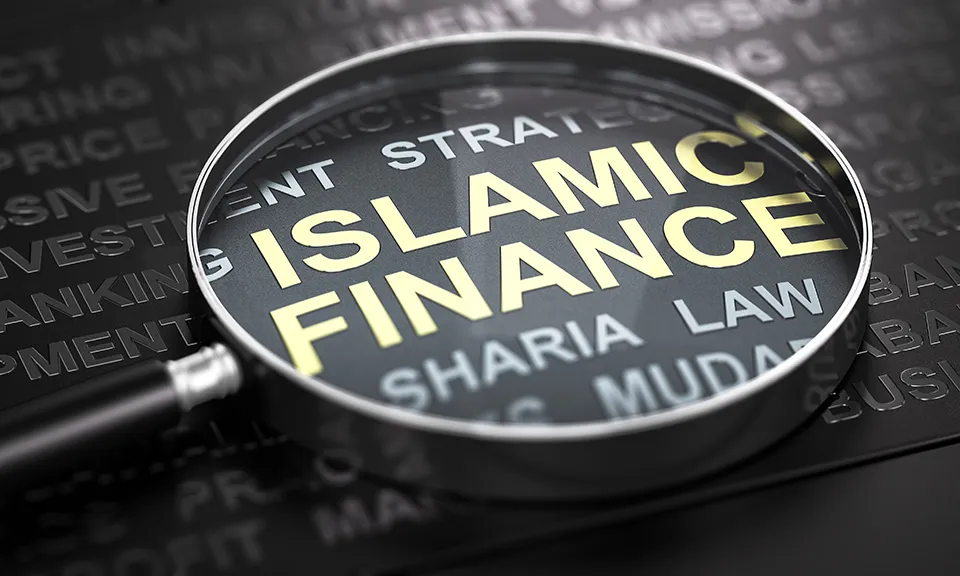At first glance, new research from Fitch Ratings suggests a resurgent Islamic finance industry. During the five years to the end of September, the growth rate of Islamic funds, at 84% nominal, had exceeded that of the broader global mutual fund industry, at 68%.
It is a healthy number: 13% annualized growth versus 11% in the conventional world. One might argue that this is to be expected when building off a far lower base – Islamic assets peaked at $130 billion in the middle of 2021 before dropping to $120 billion at the end of the year. According to Fitch, the global mutual fund industry is worth more than $100 trillion.
But double-digit growth is not to be sniffed at in any environment.
What shows no sign of changing, however, is the dominance of Saudi Arabia and Malaysia among onshore markets. Saudi accounts for 34% of Islamic assets under management (AUM), Fitch says, and Malaysia 29%. These two markets have dominated the industry for 20 years and there is no sign of that fading.
Two other markets have made inroads during that period – Jersey and Luxembourg – but they are offshore hubs and do not represent the growth of, for example, a domestic mutual fund industry. Jersey is where many Islamic ETFs are housed, particularly commodity-based; Luxembourg is where Islamic mutual funds tend to be domiciled.
Beyond that, where is Indonesia, with its majority-Muslim population of 273 million? After decades of talk about potential and opportunity, it still accounts for only 3% of AUM. Pakistan, the UAE, Kuwait, Morocco, Egypt? They are just rolled together in the ‘others’ bar, not significant enough to warrant a visible pie-chart entry. Why is this?
Strong engines
The sheer heft of Saudi and Malaysia is going to keep them at the top because their engines are so strong, if different.
Saudi Arabia, where money market funds dominate, skews the asset mix of the whole industry worldwide. This is a wealthy and growing economy that has the full force of the Vision 2030 national blueprint behind it, since that vision has the growth of financial services as a key mission to diversify away from hydrocarbons.
In Malaysia, the foundations of Islamic finance were laid so well and so long ago, with a clear regulatory framework and a common mission between the central bank, the securities regulator, the stock exchange, the government and the national pension apparatus that they have made Islamic finance perhaps the only thing in the world that Malaysia is the best at. It worked and will keep delivering.
The rest are hindered by a range of factors from limited populations in the Gulf states, which they cannot do much about, to a lack of application in the bigger Asian countries, which they can.
“One of the puzzles of Islamic finance is how Indonesia, the world’s most populous Muslim nation, has been so utterly left behind in its development.” That is in quotes because Euromoney wrote it 14 years ago. If it was a puzzle then, it is confounding now.




